What accessories are included in a new energy vehicle? The core parts system of new energy vehicles is centered around the “three electric systems”, and at the same time, it integrates intelligent technology and safety, forming a highly integrated technology ecosystem. The accessories can be divided into six core modules, reflecting the dual innovation of electrification and intelligentization.
I. Power Core Module
Drive motor: permanent magnet synchronous motor (e.g. Tesla Model 3) or induction motor (e.g. BYD Corsair), responsible for kinetic energy conversion, with a power density of 30%-50% higher than that of traditional fuel vehicles.
Motor Controller: IGBT or Silicon Carbide module (e.g. BYD DM-i series), which precisely regulates the current and realizes millisecond power response.
Reduction gear: single/multi-speed transmission (e.g. Azera ET7), optimizing transmission efficiency and reducing energy consumption.
Battery ecosystem
Cell set: square (Ningde Times CTP), blade (BYD) or cylindrical (4680 battery), with energy density of 200Wh/kg or more.
BMS system: real-time monitoring of voltage and temperature, balancing the difference between the cells and preventing thermal runaway.
Thermal management accessories: liquid cooling plate, heating film and heat pump air conditioner (such as Pole Krypton 001), to ensure stable operation of the battery in the environment of -30℃ to 55℃.
Charging Solution
OBC on-board charger: supports 7kW AC slow charging, with a conversion rate of over 95%.
DC-DC converter: Convert high voltage DC power to 12V low voltage power for lights and center control.
Fast charging interface: compatible with national standard GB/T or European standard CCS, realizing 15-minute replenishment of 200km (such as Xiaopeng G9).
Intelligent Driving Kit
Sensing hardware: millimeter wave radar (77GHz) + LiDAR (such as Avita 11) + 8 megapixel camera.
Computing platform: NVIDIA Orin-X chip (arithmetic power up to 254TOPS), supporting NOA pilot assist function.
Line-control chassis: electronic power steering + IBS line-control maneuvering, response speed upgraded to 1/3 of the traditional system.
V. Safety Enhancement Configurations
Active Protection: AEB Automatic Emergency Braking + LKA Lane Keeping (required by regulations to be standard on the whole system in 2025).
Passive structure: body frame with more than 20% of thermoformed steel (e.g. Volvo EX90), with side air curtains.
Battery protection: explosion-proof valve + flame-retardant diaphragm + independent fire chamber (such as GAC EAN magazine battery).
Sixth, interactive and innovative components
Large-screen cockpit: multi-linked screen + AR-HUD (e.g. Ideal L9), with information projection distance up to 7.5 meters.
Intelligent Vehicle: Qualcomm Snapdragon 8155 chip, supporting 5G+V2X vehicle-circuit coordination.
Biometrics: facial recognition activation (e.g. High Hopes HiPhi Z) + fatigue monitoring.
New energy vehicle parts show a trend of “deep integration”, for example, Huawei DriveONE combines motor, electronic control and reducer, reducing volume by 30%. In the future, with the popularization of the 800V high-voltage platform and the commercialization of solid-state batteries, the accessory system will be further lightweight and intelligent, promoting the industry’s evolution from “parts stacking” to “system innovation”.

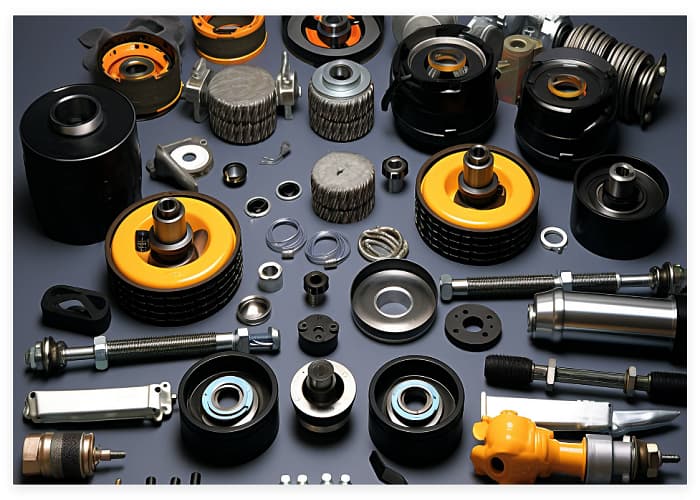
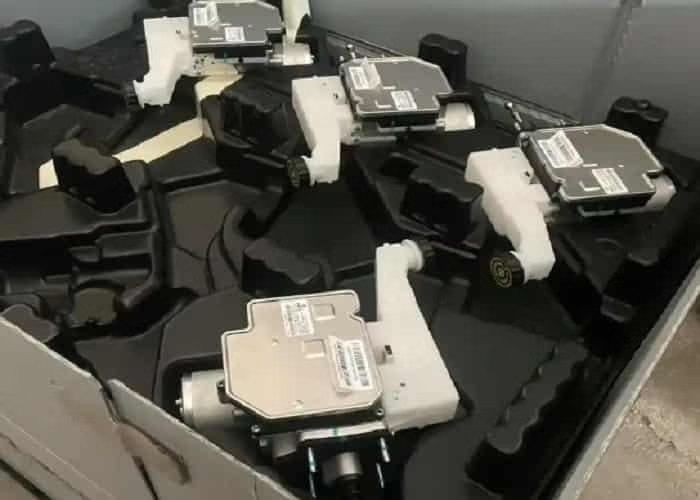
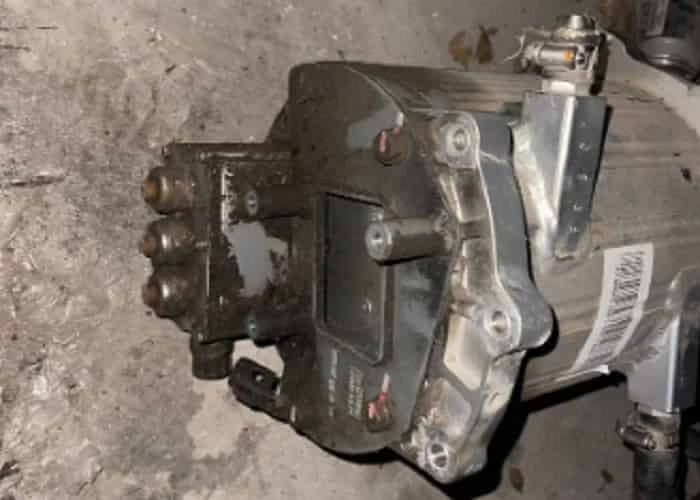

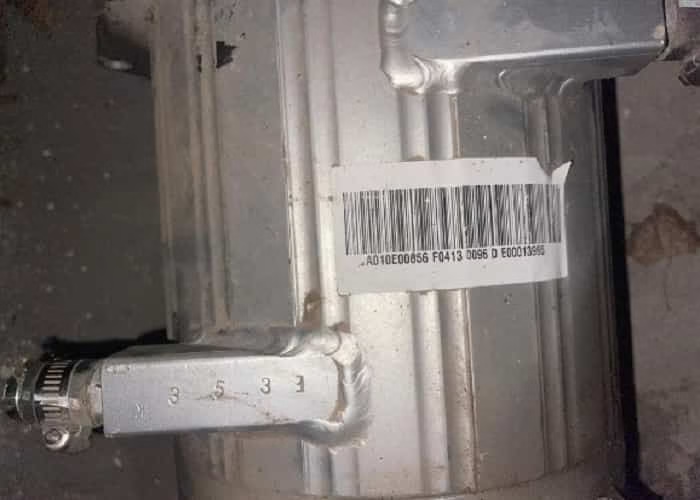
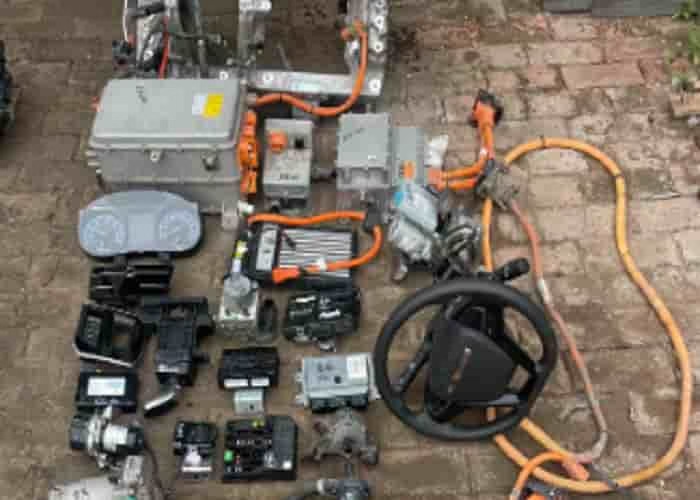

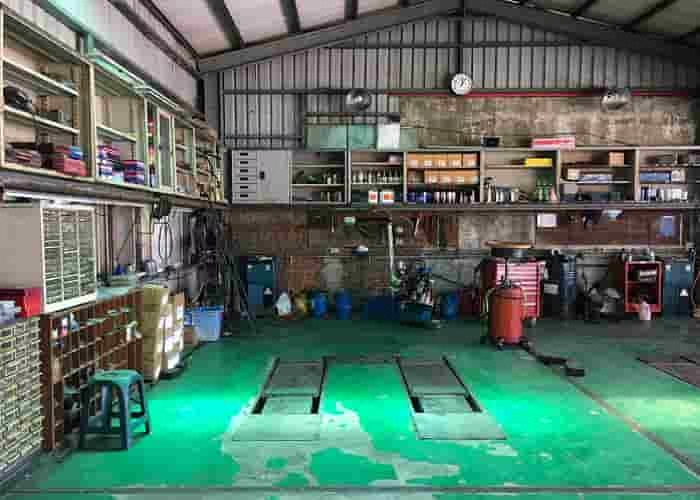
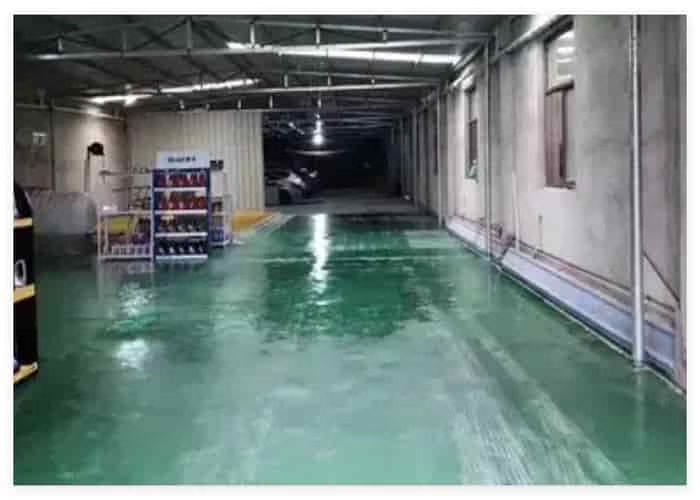
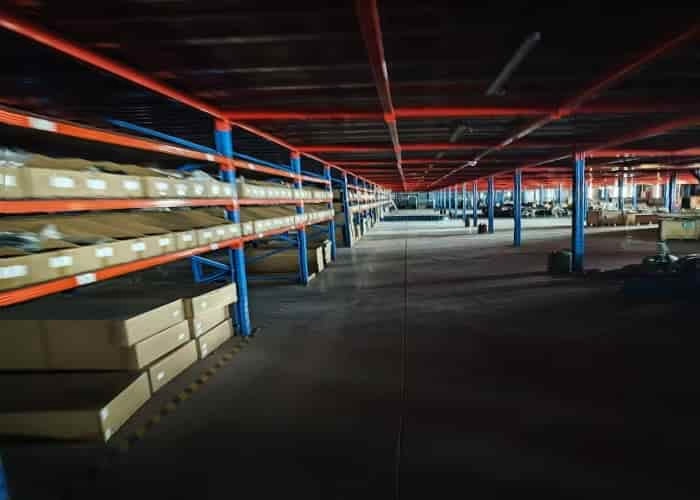





Leave a Reply